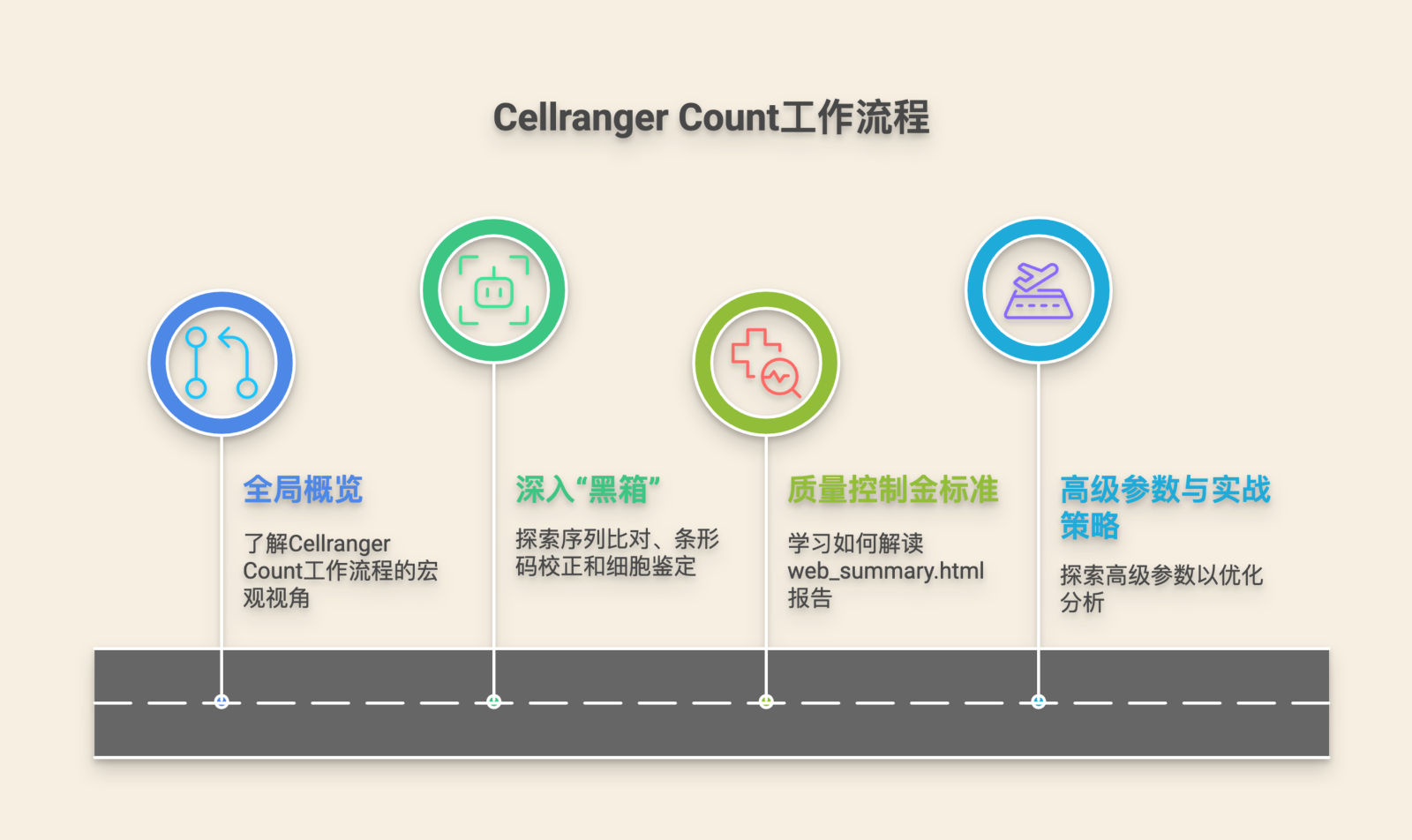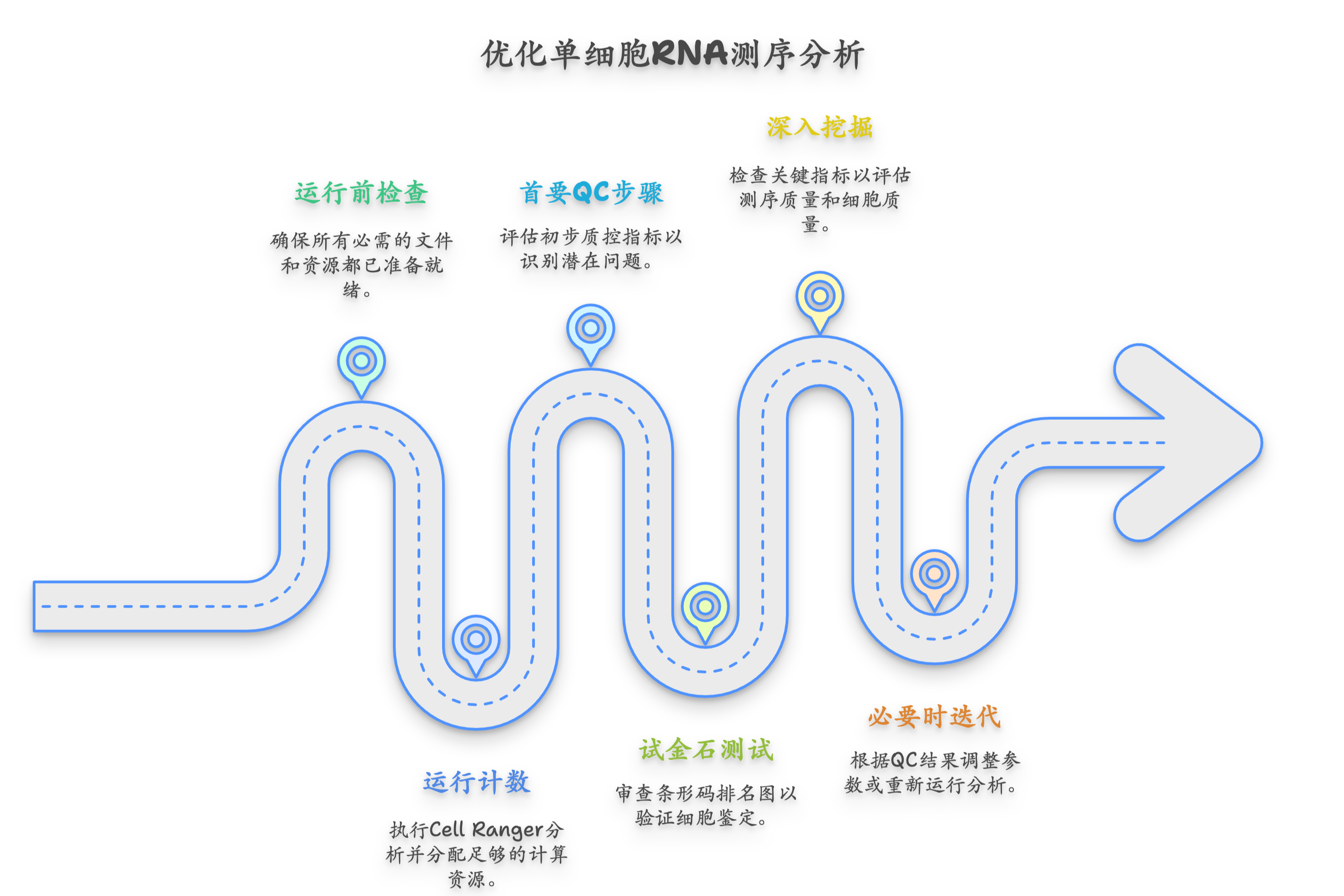
high-throughput sequence analysis cluster underpins data-driven precision medicine initiatives. The solutions are configured to manage big biological data and surface diagnostic signals. Using sophisticated algorithms and curated workflows, they speed up genomic research and clinical analysis.
Scalable Infrastructure for Genome-Scale Computation
Omics technologies yield large-scale datasets that need robust, scalable analysis backends. Scalable compute architectures enable timely analysis of sequencing experiments and downstream workflows.
- Elastic provisioning allows infrastructures to absorb spikes in processing demand.
- Modern servers integrate parallel compute engines to process many samples simultaneously.
- Use cases span genome and transcriptome analysis, proteomics workflows, and computational phenotyping.
Cloud services provide pay-as-you-go compute that removes capital barriers to high-performance bioinformatics.
Purpose-Built Clouds to Speed Up Genomic Investigation
The sequencing data surge compels adoption of scalable, cloud-based infrastructures for analysis. Bioinformatics clouds accelerate timelines by removing setup overhead and enabling parallel sample processing.

Comprehensive Bioinformatics via Scalable Cloud Architectures
Modern bioinformatics workflows require substantial compute and memory to process multi-omics data. On-premises systems are effective but may require heavy investment to meet intermittent high workloads.
The cloud permits elastic provisioning for demanding bioinformatics tasks, enabling broader experiment scope.
Moreover, cloud-based elasticity reduces capital expenditure and simplifies multi-site collaboration on shared datasets.
Specialized Cloud Platforms for Advanced Bioinformatic Research
The field’s trajectory encourages cloud providers to offer focused stacks optimized for life-science analytics. Such clouds align compute, storage, and specialized algorithms to empower faster, reproducible discoveries in healthcare.
This flexibility helps democratize bioinformatics capabilities, enabling broader participation from varied institutions.

Rapidly Provisioned Servers for Efficient Bioinformatics Processing
Elastic compute enables parallel processing of samples and shortens overall project timelines. Pay-as-you-go servers reduce capital expense and speed up turnaround for research and clinical pipelines.
Ready images with pre-installed bioinformatics tools accelerate onboarding and analysis start times. By removing installation overhead, teams can invest more time in analysis design and insight generation.
Bioinformatics as a Service: Democratizing High-Performance Analysis
aaS models give labs access to curated pipelines, shared datasets, and managed compute without heavy infrastructure investment. By enabling fast analysis of genomic, proteomic, and metabolomic data, these platforms accelerate discovery in drug development, personalized medicine, and evolutionary biology.

- Managed bioinformatics services scale with project needs to facilitate high-throughput analysis.
- Cloud platforms make it easier to collaborate on code, workflows, and annotated datasets across labs.
- Sophisticated algorithms, advanced analytics, and ML models empower extraction of meaningful insights from complex biological data.
On-Demand Bioinformatics for Personalized Treatment Strategies
The accumulation of high-resolution patient data supports individualized diagnostic and therapeutic decisions. They support decision-making by identifying actionable mutations, therapy targets, and likely responders. Near-real-time analysis empowers clinical teams to respond to patient-specific molecular signals effectively.
Computational Discovery: The Power of Bioinformatics Analysis
Advanced analytics enable discovery of subtle patterns across genomes, transcripts, and proteins. Systematic computational processing finds correlations and causal signals across vast biological datasets.

Advanced compute ecosystems enable rigorous exploration of biological function, evolution, and disease.
Next-Generation Compute for Rapid, Reliable Bioinformatics
As data volumes surge, research requires next-generation infrastructure tailored for bioinformatics workloads. They blend parallel compute, scalable object storage, and workflow engines to accelerate discovery across domains.
- Cloud platforms allow researchers to burst to large compute pools without owning hardware.
- Continual refinement of analytics and libraries helps address novel biological questions efficiently.
生物信息专用云
Advanced compute stacks accelerate cross-disciplinary discoveries in health, agriculture, and industry.
A Feature-Rich Bioinformatics Suite for Research Labs
Comprehensive platforms provide the instruments researchers need to convert data into biological knowledge. It brings together alignment, annotation, phylogenetics, and predictive modeling to support diverse research workflows. Accessible UI, guided workflows, and curated references help teams accelerate research regardless of computational background.
